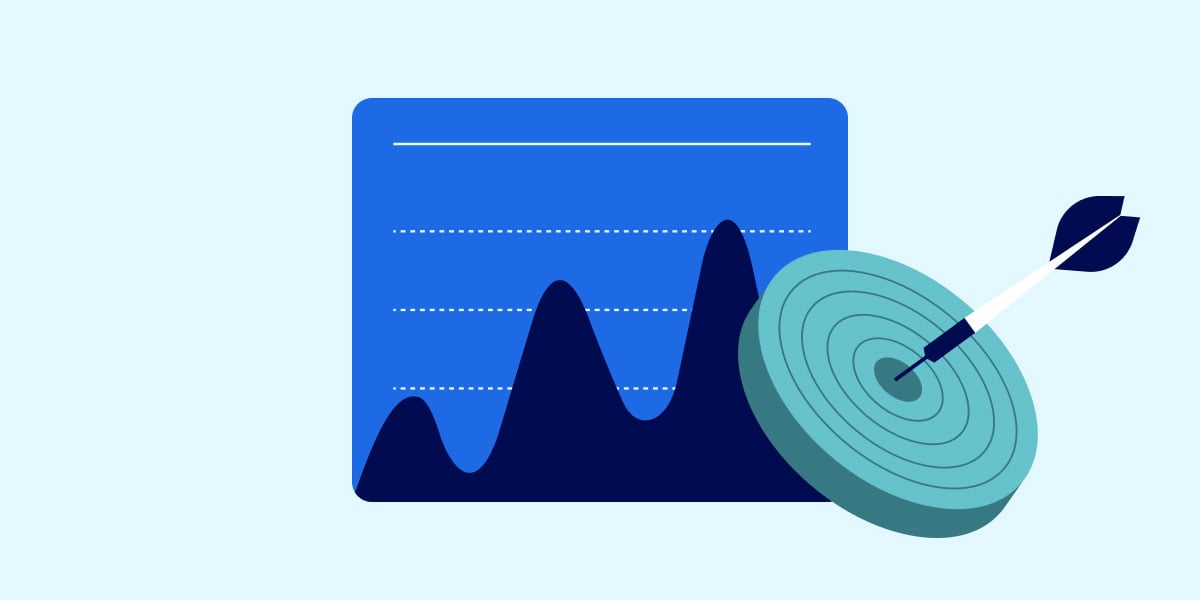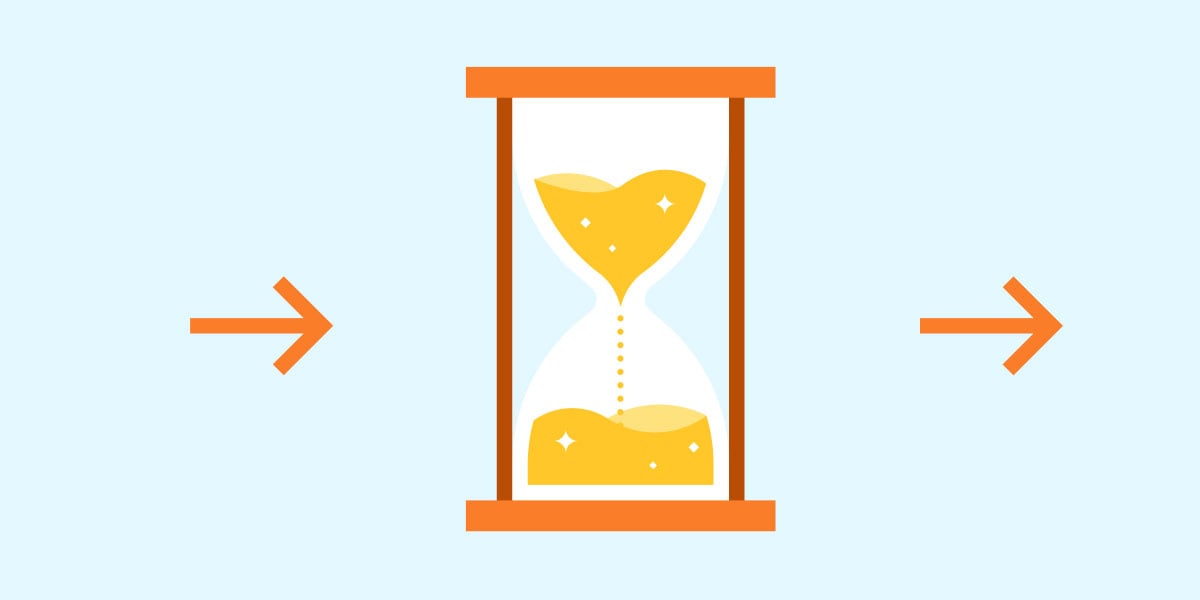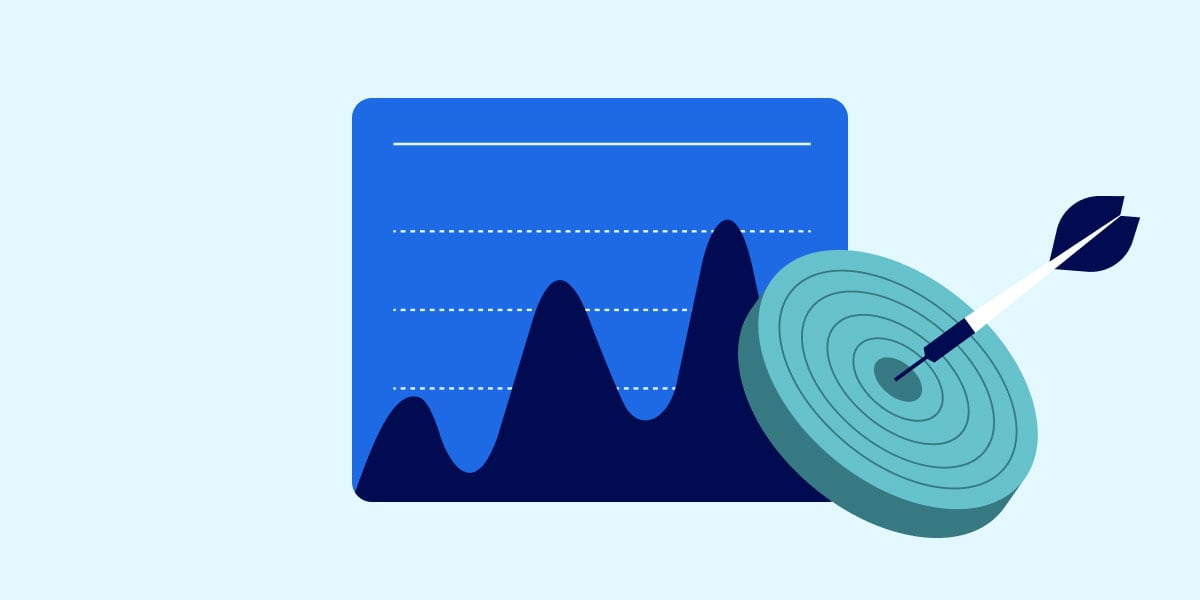![]()
The benefits of estimating your tax bracket when investing
The benefits of estimating your tax bracket when investing Knowing your tax bracket opens up a huge number of planning opportunities that have the potential to save you taxes and increase your investment returns. If you’re an investor, knowing your tax bracket opens up a number of planning opportunities that can potentially decrease your tax liability and increase your investment returns. Investing based on your tax bracket is something that good CPAs and financial advisors, including Betterment, do for customers. Because the IRS taxes different components of investment income (e.g., dividends, capital gains, retirement withdrawals) in different ways depending on your tax bracket, knowing your tax bracket is an important part of optimizing your investment strategy. In this article, we’ll show you how to estimate your tax bracket and begin making more strategic decisions about your investments with regards to your income taxes. First, what is a tax bracket? In the United States, federal income tax follows what policy experts call a "progressive" tax system. This means that people with higher incomes are generally subject to a higher tax rate than people with lower incomes. 2025 Tax Brackets Tax rate Taxable income for single filers Taxable income for married, filing jointly 10% $0 to $11,600 $0 to $23,200 12% $11,601 to $47,150 $23,201 to $94,300 22% $47,151 to $100,525 $94,301 to $201,050 24% $100,526 to $191,150 $201,051 to $383,900 32% $191,951 to $243,725 $383,901 to $487,450 35% $243,726 to $609,350 $487,451 to $731,200 37% $609,351 or more $731,201 or more Source: Internal Revenue Service Instead of thinking solely in terms of which single tax bracket you fall into, however, it's helpful to think of the multiple tax brackets each of your dollars of taxable income may fall into. That's because tax brackets apply to those specific portions of your income. For example, let's simplify things and say there's hypothetically only two tax brackets for single filers: A tax rate of 10% for taxable income up to $10,000 A tax rate of 20% for taxable income of $10,001 and up If you're a single filer and have taxable income of $15,000 this year, you fall into the second tax bracket. This is what's typically referred to as your "marginal" tax rate. Portions of your income, however, fall into both tax brackets, and those portions are taxed accordingly. The first $10,000 of your income is taxed at 10%, and the remaining $5,000 is taxed at 20%. How difficult is it to estimate my tax bracket? Luckily, estimating your tax bracket is much easier than actually calculating your exact taxes, because U.S. tax brackets are fairly wide, often spanning tens of thousands of dollars. That’s a big margin of error for making an estimate. The wide tax brackets allow you to estimate your tax bracket fairly accurately even at the start of the year, before you know how big your bonus will be, or how much you will donate to charity. Of course, the more detailed you are in calculating your tax bracket, the more accurate your estimate will be. And if you are near the cutoff between one bracket and the next, you will want to be as precise as possible. How Do I Estimate My Tax Bracket? Estimating your tax bracket requires two main pieces of information: Your estimated annual income Tax deductions you expect to file These are the same pieces of information you or your accountant deals with every year when you file your taxes. Normally, if your personal situation has not changed very much from last year, the easiest way to estimate your tax bracket is to look at your last year’s tax return. The 2017 Tax Cuts and Jobs Act changed a lot of the rules and brackets. The brackets may also be adjusted each year to account for inflation. Thus, it might make sense for most people to estimate their bracket by crunching new numbers. Estimating Your Tax Bracket with Last Year’s Tax Return If you expect your situation to be roughly similar to last year, then open up last year’s tax return. If you review Form 1040, you can see your taxable income on Page 1, Line 15, titled “Taxable Income.” As long as you don’t have any major changes in your income or personal situation this year, you can use that number as an estimate to find the appropriate tax bracket. Estimating Your Tax Bracket by Predicting Income, Deductions, and Exemptions Estimating your bracket requires a bit more work if your personal situation has changed from last year. For example, if you got married, changed jobs, had a child or bought a house, those, and many more factors, can all affect your tax bracket. It’s important to point out that your taxable income, the number you need to estimate your tax bracket, is not the same as your gross income. The IRS generally allows you to reduce your gross income through various deductions, before arriving at your taxable income. When Betterment calculates your estimated tax bracket, we use the two factors above to arrive at your estimated taxable income. You can use the same process. Add up your income from all expected sources for the year. This includes salaries, bonuses, interest, business income, pensions, dividends and more. If you’re married and filing jointly, don’t forget to include your spouse’s income sources. Subtract your deductions. Tax deductions reduce your taxable income. Common examples include mortgage interest, property taxes and charity, but you can find a full list on Schedule A – Itemized Deductions. If you don’t know your deductions, or don’t expect to have very many, simply subtract the Standard Deduction instead. By default, Betterment assumes you take the standard deduction. If you know your actual deductions will be significantly higher than the standard deduction, you should not use this assumption when estimating your bracket, and our default estimation will likely be inaccurate. The number you arrive at after reducing your gross income by deductions and exemptions is called your taxable income. This is an estimate of the number that would go on line 15 of your 1040, and the number that determines your tax bracket. Look up this number on the appropriate tax bracket table and see where you land. Again, this is only an estimate. There are countless other factors that can affect your marginal tax bracket such as exclusions, phaseouts and the alternative minimum tax. But for planning purposes, this estimation is more than sufficient for most investors. If you have reason to think you need a more detailed calculation to help formulate your financial plan for the year, you can consult with a tax professional. How Can I Use My Tax Bracket to Optimize My Investment Options? Now that you have an estimate of your tax bracket, you can use that information in many aspects of your financial plan. Here are a few ways that Betterment uses a tax bracket estimate to give you better, more personalized advice. Tax-Loss Harvesting: This is a powerful strategy that seeks to use the ups/downs of your investments to save you taxes. However, it typically doesn't make sense if you fall into a lower tax bracket due to the way capital gains are taxed differently. Tax Coordination: This strategy reshuffles which investments you hold in which accounts to try to boost your after-tax returns. For the same reasons listed above, if you fall on the lower end of the tax bracket spectrum, the benefits of this strategy are reduced significantly. Traditional vs. Roth Contributions: Choosing the proper retirement account to contribute to can also save you taxes both now and throughout your lifetime. Generally, if you expect to be in a higher tax bracket in the future, Roth accounts are best. If you expect to be in a lower tax bracket in the future, Traditional accounts are best. That’s why our automated retirement planning advice estimates your current tax bracket and where we expect you to be in the future, and uses that information to recommend which retirement accounts make the most sense for you. In addition to these strategies, Betterment’s team of financial experts can help you with even more complex strategies such as Roth conversions, estimating taxes from moving outside investments to Betterment and structuring tax-efficient withdrawals during retirement. Tax optimization is a critical part to your overall financial success, and knowing your tax bracket is a fundamental step toward optimizing your investment decisions. That’s why Betterment uses estimates of your bracket to recommend strategies tailored specifically to you. It’s just one way we partner with you to help maximize your money.









